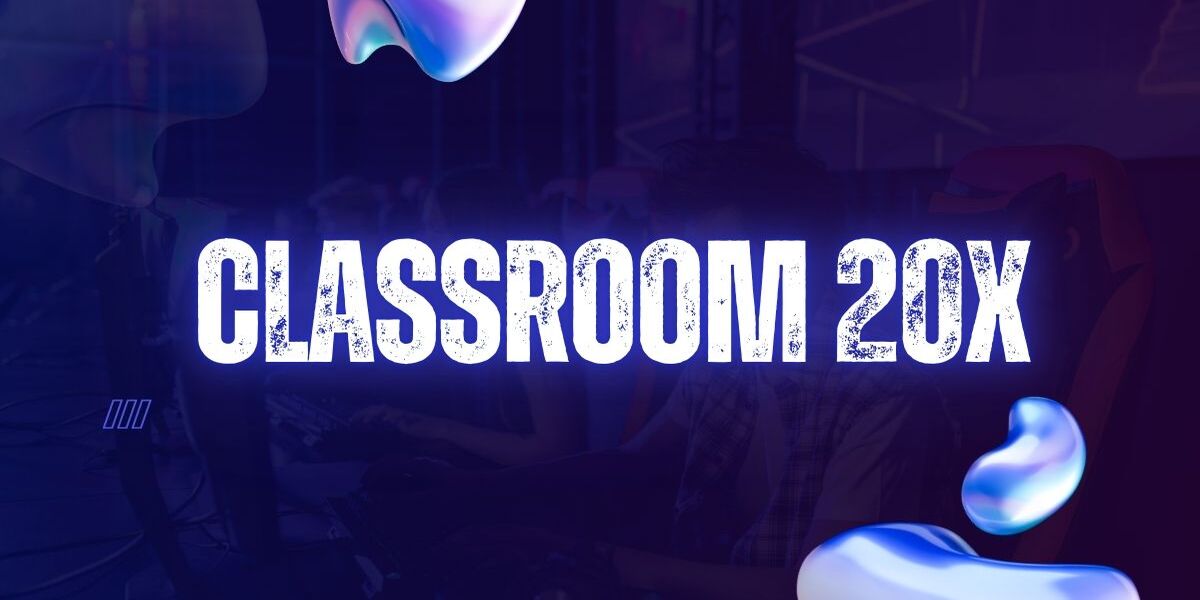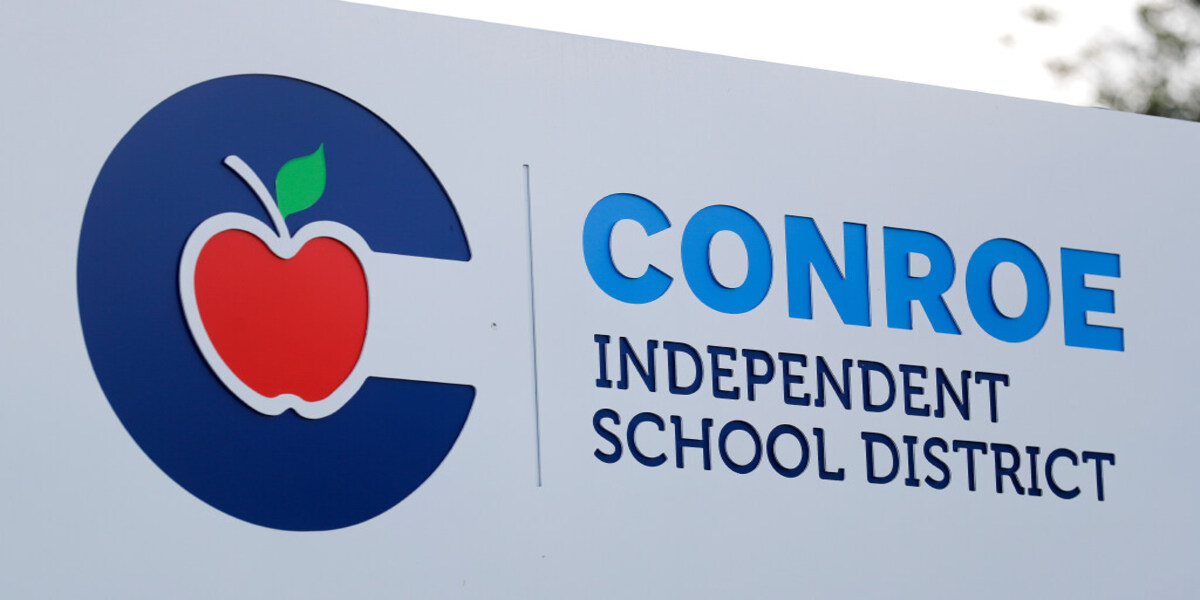Introduction
In the ever-evolving landscape of education, traditional classrooms are undergoing a radical transformation. The concept of Classroom 20x refers to the integration of advanced technological tools, innovative teaching strategies, and collaborative learning environments designed to foster personalized learning experiences. It aims to break away from the limitations of conventional classrooms, creating an adaptive learning space that meets the diverse needs of students.
As we step into a world increasingly defined by digital advancements, Classroom 20x promises a future where technology enhances the educational experience, making learning more engaging, inclusive, and efficient. With its emphasis on interactive lessons, digital resources, and real-time feedback, Classroom 20x represents a shift in how students interact with content and teachers. This new model goes beyond traditional teaching methods, encouraging critical thinking, creativity, and self-directed learning. In this article, we will explore the core principles, benefits, and challenges associated with Classroom 20x, shedding light on how it could shape the future of education.
The Core Principles of Classroom 20x
At the heart of Classroom 20x lies the integration of technology to create an interactive and immersive learning experience. This model leverages a variety of digital tools, including tablets, computers, and interactive whiteboards, to enable students to access educational content anytime, anywhere. The key principle of Classroom 20x is the idea of a student-centered approach, where learners are active participants in their education rather than passive recipients of information. This is facilitated through online learning platforms, video tutorials, and collaboration tools, allowing students to engage with content at their own pace. Furthermore, Classroom 20x encourages teachers to embrace flexible teaching methods, moving away from the traditional “one-size-fits-all” approach and tailoring instruction to meet the diverse needs of their students. Through personalized learning pathways, each student can progress at a speed that suits their individual abilities, fostering a deeper understanding of the subject matter.
The Role of Technology in Classroom 20x
Technology plays a pivotal role in the success of Classroom 20x. Smart classrooms equipped with digital devices and interactive tools provide real-time feedback and allow students to work on collaborative projects remotely. For instance, cloud-based platforms enable teachers to upload learning materials, track student progress, and provide instant assessments. Virtual learning environments (VLEs) such as Google Classroom, Moodle, or Microsoft Teams enable seamless communication between teachers and students, making the educational process more dynamic and engaging. Moreover, technologies like artificial intelligence (AI) and machine learning are being integrated into Classroom 20x to provide personalized learning experiences. AI-powered platforms can analyze student performance and adapt content to match their learning styles and needs. These advancements not only make learning more efficient but also ensure that each student receives the right support, enhancing their overall academic success.
Student-Centered Learning: Empowering Learners
One of the defining features of Classroom 20x is its focus on student-centered learning. In this model, students are encouraged to take responsibility for their learning journey. Instead of passively absorbing information from the teacher, students actively engage with the material, ask questions, and participate in discussions. This shift fosters a deeper understanding of concepts and promotes critical thinking. Students also have the opportunity to choose how they learn, whether through self-paced modules, group discussions, or hands-on projects. This empowerment boosts student motivation, as they feel more in control of their educational experience. With the ability to access a wealth of online resources, students can explore topics that interest them, pursue personalized learning paths, and work collaboratively with peers. By placing the emphasis on learner agency, Classroom 20x supports the development of independent, lifelong learners who can think critically and solve problems creatively.

Collaboration and Communication in Classroom 20x
In a traditional classroom, communication is often limited to teacher-student interactions within the physical confines of the classroom. However, Classroom 20x fosters an environment of collaboration that extends beyond these limitations. Digital tools such as forums, group chats, and video conferencing platforms enable students to work together on projects, share ideas, and provide peer feedback. This collaborative approach not only enhances the learning process but also helps students develop important social and communication skills.
Furthermore, teachers can use these tools to facilitate discussions, share resources, and engage with students in real-time. The use of collaborative tools encourages a sense of community within the classroom, making it easier for students to learn from each other and collaborate on problem-solving tasks. It also allows students to develop the teamwork skills that are increasingly valued in the workplace.
The Challenges of Implementing Classroom 20x
While Classroom 20x holds great promise, its implementation comes with several challenges. One of the primary obstacles is the unequal access to technology. In many regions, students may lack access to reliable internet connections or devices, which can hinder their ability to fully engage with digital learning platforms. This digital divide creates inequities in the learning experience, as some students may be left behind due to a lack of resources. Another challenge is the need for teacher training and professional development.
For Classroom 20x to be effective, teachers must be equipped with the necessary skills to integrate technology into their teaching practices. This requires ongoing support and training, as educators must be able to effectively use digital tools and adapt their teaching strategies to suit a technology-driven environment. Additionally, the over-reliance on technology can sometimes lead to disengagement or distraction. Striking the right balance between digital tools and traditional methods is essential for maintaining student engagement and ensuring that technology enhances, rather than detracts from, the learning experience.
The Future of Classroom 20x
The future of Classroom 20x holds immense potential. As technology continues to evolve, so too will the possibilities for enhancing the learning experience. We can expect more sophisticated tools that integrate artificial intelligence, augmented reality, and virtual reality, creating immersive learning environments where students can explore complex concepts in an interactive manner. The use of big data will allow for even more personalized learning experiences, as platforms will be able to predict student needs and adjust content accordingly. Moreover, the growing trend of hybrid learning, which combines in-person and online education, will likely become the norm in Classroom 20x. This flexibility allows students to learn in ways that suit their individual preferences, ensuring that education remains accessible and engaging. As schools and institutions invest in digital infrastructure, the adoption of Classroom 20x will become more widespread, making it an integral part of the educational experience for students worldwide.
Conclusion
Classroom 20x represents a bold step forward in the world of education, offering students a dynamic, engaging, and personalized learning experience that is powered by technology. By fostering a student-centered approach, integrating advanced digital tools, and encouraging collaboration, Classroom 20x ensures that education becomes more inclusive, efficient, and adaptable to the needs of all learners. However, for this vision to become a reality, we must address the challenges of unequal access to technology, teacher training, and the balance between digital and traditional methods.
Despite these obstacles, the future of Classroom 20x is bright, with limitless possibilities for enhancing the educational experience. As we continue to embrace new technologies and teaching methods, Classroom 20x has the potential to revolutionize education and prepare students for success in an increasingly digital world. By focusing on innovation, collaboration, and personalized learning, we can create a future where every student has the tools and opportunities to thrive.
FAQs:
What is Classroom 20x?
Classroom 20x is an advanced model of education that integrates technology, personalized learning, and collaborative environments to create a more engaging and efficient learning experience for students.
How does Classroom 20x benefit students?
Classroom 20x empowers students by giving them more control over their learning, allowing them to work at their own pace, collaborate with peers, and access a wealth of digital resources.
What are the challenges of Classroom 20x?
The main challenges include unequal access to technology, the need for teacher training, and the potential for over-reliance on digital tools, which could lead to disengagement.
How will Classroom 20x evolve in the future?
As technology advances, Classroom 20x will incorporate tools like AI, augmented reality, and virtual reality, creating immersive learning environments that cater to the diverse needs of students.
What is the role of teachers in Classroom 20x?
Teachers in Classroom 20x are responsible for facilitating student-centered learning, integrating digital tools effectively, and providing personalized instruction that meets the unique needs of each student.
Visit for more, Truswiki











